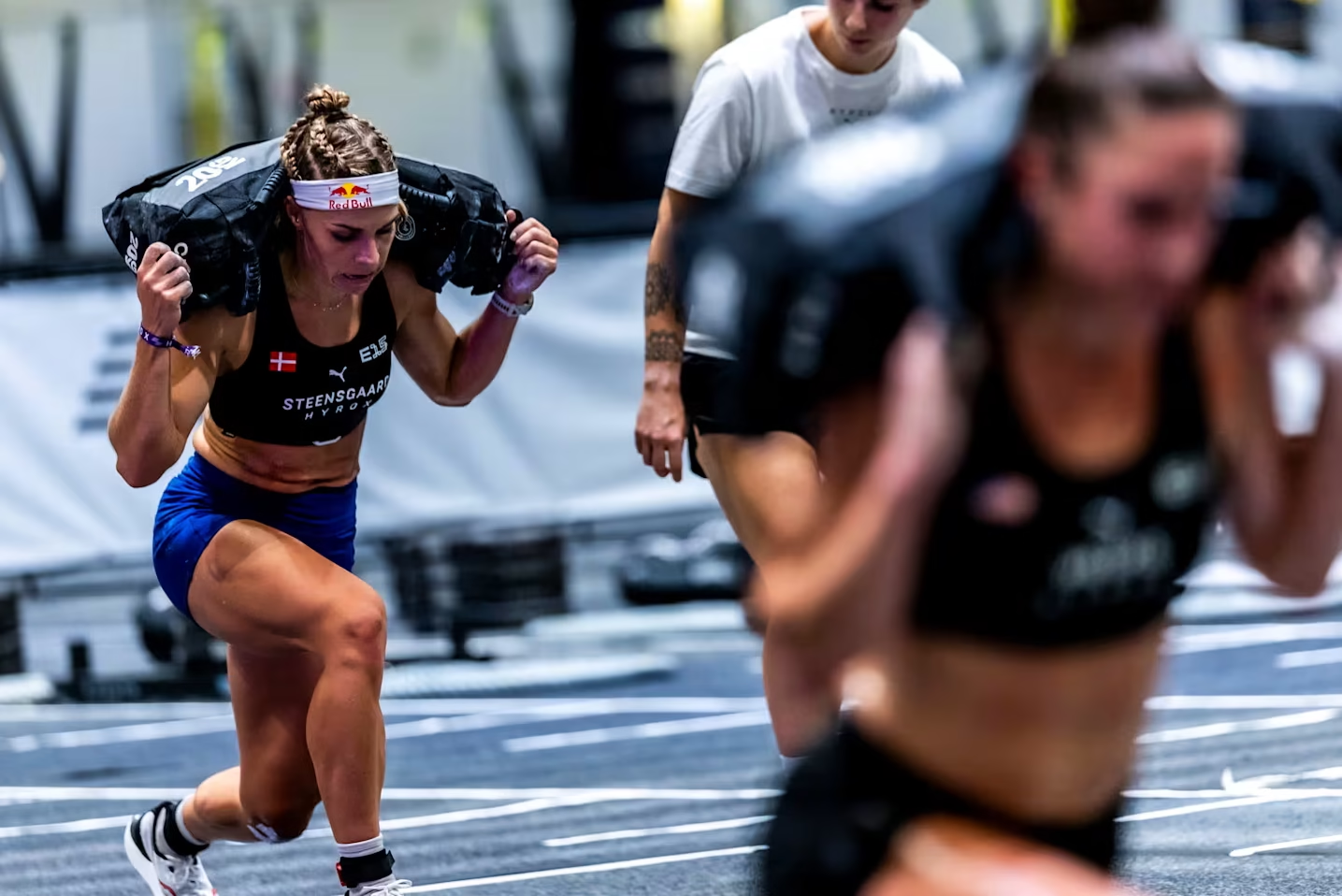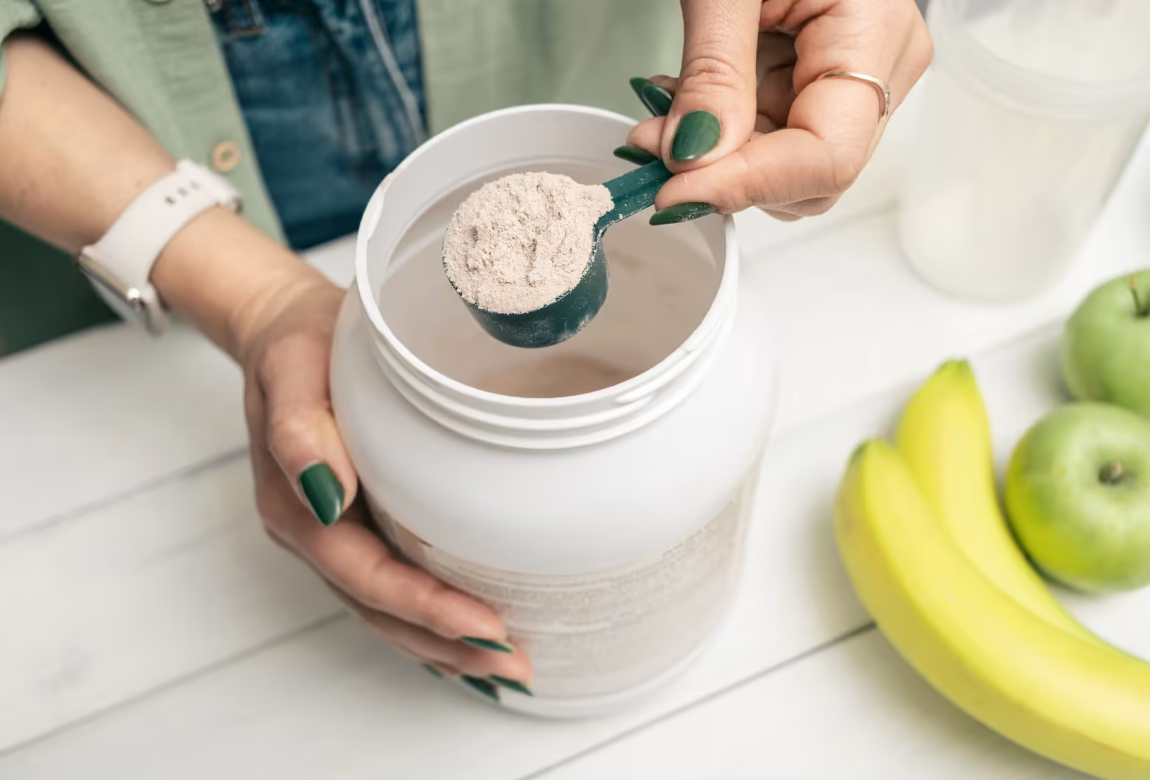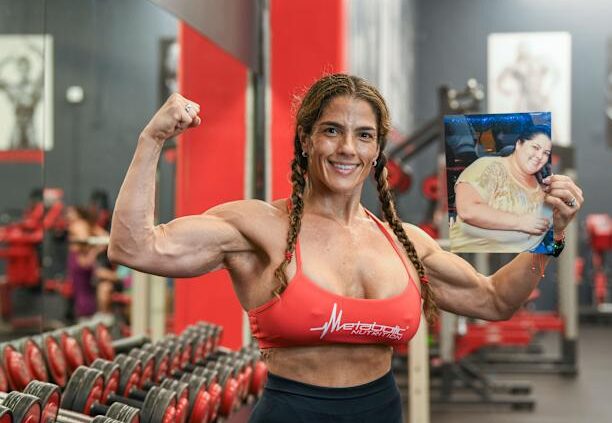For years, getting fit was all about patience and routine the Solo morning jog, the steady gym grind. But in parks, gyms and city streets across the UK, a new trend is pushing past the solo workout: competitive fitness events where sweat, speed and community collide.
From obstacle courses to endurance challenges, more people are trading in their usual workouts for competitions that mix strength, cardio and grit. And while competition is part of the draw, experts say the bigger hook is connection. Online fitness “tribes” are thriving, bringing together amateur athletes of every age and body type. Women are showing up in events that used to be male-dominated, and sign-ups among people over 45 are climbing.
One of the fastest-growing examples is Hyrox, a brutal mix of running and functional workouts. Athletes run 8km in stages, stopping every kilometre to push sleds, row, or throw weighted balls. The format has exploded: worldwide participation jumped from 175,000 athletes in 2023–24 to more than 650,000 this year. Organisers say they’re on track to hit 1 million by 2026.
The UK has been especially quick to embrace the craze. Just 7,400 people took part in 2021–22. Last season? Over 97,000, with every event selling out in cities like London, Manchester, Birmingham, Glasgow and Cardiff.
But competing doesn’t come cheap. Entry alone is usually over £100, and travel, accommodation and gear can push the cost even higher. Critics argue the price tag limits accessibility, especially since world championship qualifiers often require trips abroad. Still, many participants say the experience is worth it not only for the medals and podiums, but for the social media content. With race-day photos, leaderboards and shiny finisher medals, Hyrox is tailor-made for the “everyday athlete” looking to showcase their progress online.
It’s not the only player in the space. Spartan Race, launched in 2010, popularised obstacle course racing (OCR) and has since expanded into other endurance brands. Its newer format, DEKA, focuses on movements that mirror everyday life lifting, squatting, twisting and has become especially popular among women. Some DEKA events are now nearly 50% female.
“Accessibility is what’s attracting women,” says Matthew Brooke, Spartan’s senior VP of global operations. “The exercises are closer to real-world movements, not just extreme strength.” Since 2019, DEKA has grown by 65% a year.
Group training has been key to the surge, too. Fitness studios like F45 have fueled a boom in functional group workouts, which Brooke says are now the fastest-growing part of the industry. “It’s become a binding force,” he says. “People want community. Being uncomfortable together is empowering. Once you’re in, it’s almost self-reinforcing. Not quite a cult but close.”
Nike trainer Naomi Heffernan, who founded the women’s community Inner Athlete, says the mindset around exercise has shifted. “Fitness isn’t just going to the gym a couple times a week anymore. People want goals, community and to test themselves,” she says. Structured training programs, she adds, give women a plan, accountability and the confidence to compete.
Still, doctors warn the boom comes with risks. Ed Thompson, owner of instant Physio, says he’s seen a rise in injuries linked to these competitions. “The hybrid fitness craze is great for getting more people moving,” he says, “but it also creates perfect conditions for overuse injuries.”
Technology and social media are also fueling the trend. Wearable trackers make training measurable, while Instagram and TikTok give athletes an instant audience.
“Authentic stories of people training, competing and transforming their lives that’s what resonates with Gen Z and millennials,” Brooke says.






